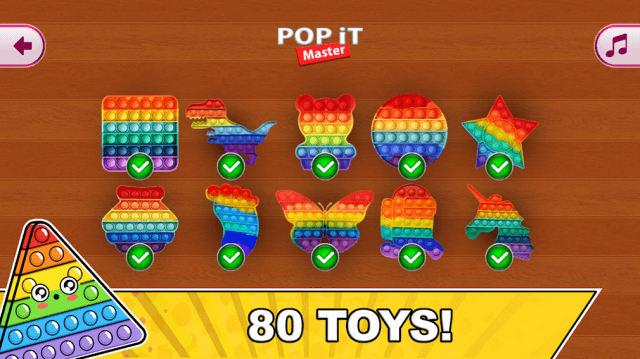

Take your VR skills to the next level with this deep dive into the principles of VR development. While the course is geared towards developing for the Oculus Rift, the principles covered also apply to the Oculus Quest, and you’ll learn to avoid some common pitfalls we see developers experience when submitting their application to the Oculus Store. Coached along the way by experts from Oculus and Unity, you'll build a vertical slice of an escape room game throughout the course. You’ll learn an extensive range of principles and best practices: from locomotion and hand presence, to optimization and testing, to user interaction and go-to-market strategy. Designed for people who have an intermediate knowledge of Unity, the goal of this course is to teach you how to design, develop, and deploy a VR application. In this comprehensive course from Oculus and Unity, you’ll learn how to build an immersive VR game step by step. Later sections contain techniques that you can use to squeeze even more performance out of the technology, but you must have a fundamental understanding of the basics to get good use out of them. Sections 1 and 2 of this guide explain the fundamental knowledge you need to understand before starting to build DOTS applications, and the biggest obstacles to achieving good performance. This Best Practice Guide contains advice to help avoid those pitfalls. This means that the learning curve for DOTS might be steep, and there are a lot of pitfalls that might stop you from getting the performance benefits you hope for.

Before you begin creating a project with DOTS you must understand the following: The fundamental concepts of data-oriented design Data-oriented design in Unity The best practice advice in this guide Data-oriented design (DOD) is a big change from the object-oriented programming (OOP) that many developers have spent their whole careers working with. However, to use DOTS successfully, you can’t simply grab the API documentation and dive straight in. If you’re working on a game (or other real-time simulation) that requires the most efficient CPU usage possible, then Unity’s Data Oriented Technology Stack (DOTS) is a great way to get the performance you need.


 0 kommentar(er)
0 kommentar(er)
